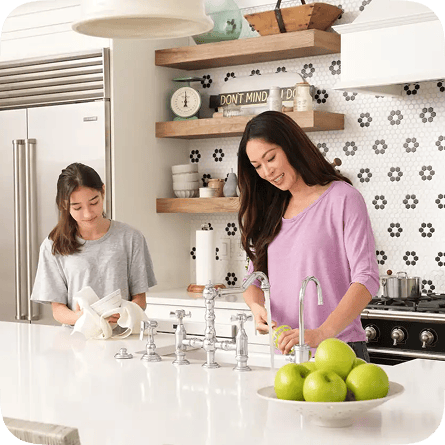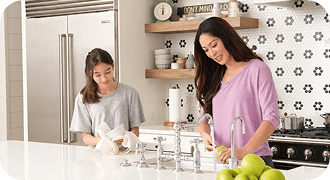Smart homeownership with Cinch Home Services
Tips and tricks for your house, your home and you. Your one-stop resource for maintaining and improving your home. From DIY tutorials and cleaning hacks to finding trusted professionals for major renovations, we've got you covered.


Ooops!
We encountered an issue retrieving plan details for your area. Please return to the previous page and try again.
All the tips you need classified by categories

Uncategorized
What is a home warranty and how does it work?
What is a Home Warranty and How Does it Work for Your Home
Sep 24, 2025

Dryer, Dryers
How long do dryers last? Here are some tips on extending its lifespan
Extend your dryer’s lifespan with expert care tips. Learn how to troubleshoot common issues and keep laundry running smoothly at home.
Sep 12, 2025

AC
Breakdown of Home Warranty Deductibles and Details You Should Know
A home warranty deductible is normally part of your agreement. Learn what that means when you decide to use your plan.
Jul 28, 2025

AC
How Long Does a Home Warranty Last?
Whether you bought a new house or have property, understanding how long your home warranty plan lasts is crucial. We break it down for you.
Jul 28, 2025

AC
What is the Average Home Warranty Cost in the US? (Clone)
Curious about home warranty costs? Learn what can impact home warranty prices and what to look for in a service contract.
Jul 28, 2025

AC
Is a Home Warranty Worth It? Here’s What the Numbers Tell Us
Wondering whether buying a home warranty plan is worth it? We did the math for you so you don’t have to.
Jul 28, 2025

AC
Does a Home Warranty Cover Appliances (Old & New)?
Most home warranties are designed to cover major appliances, but there are differences based on the plan of choice. We break down the details in this article.
Jul 24, 2025

Home Repairs and Maintenance
The easiest way to fix a leaky hose bib
Learn how to identify and fix a leaky hose bib in your home.
Jun 3, 2025

Home Repairs and Maintenance
What is a plumbing stack and why is it important to your home?
Tired of slow drainage? Your plumbing stack may be the problem. Read on to learn more about what a plumbing stack is and why it’s important to your home.
Jun 3, 2025

Home Warranty
Is a Home Warranty Worth It? Here’s What the Numbers Tell Us
Wondering whether buying a home warranty plan is worth it? We did the math for you so you don’t have to.
Jun 3, 2025
Displaying 1 - 10 of 200 results
Ready for a home warranty?
It feels good to be prepared. Find the plan that's right for your home and budget